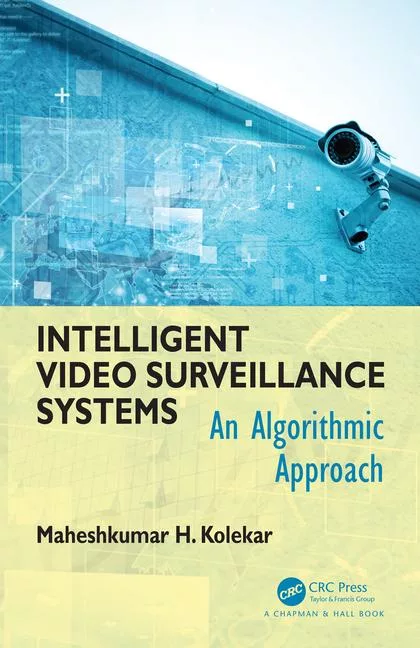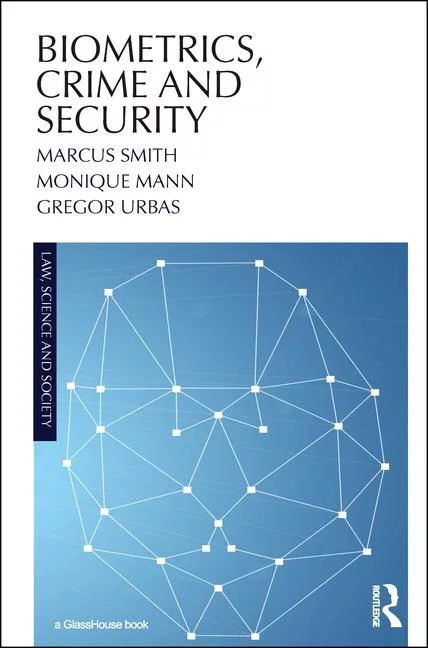Video analytics capabilities drive new opportunities

Image via Unsplash
Organizations are deploying more cameras than ever, increasing the amount of available footage to help security teams address incidents. But analyzing all this footage can create new challenges. That’s where video analytics comes in for support.
Advancements in security technology and new approaches to machine learning have promoted the development of applications that can help address video management challenges. And while the availability and accuracy of video analytics applications have increased, today's solutions still require significant domain knowledge. That’s why it's important to learn about the different challenges that exist today, and what features and capabilities to consider.
Common video analytics and VMS challenges
Disconnected solutions
Many analytics solutions are separate from their video management system (VMS). They have a separate configuration interface, require different integration efforts, and offer their respective user interface. This doesn’t always fit perfectly with the rest of the workflow. While the integration of external solutions remains important, it complicates the deployment, use, and maintenance of your system, specifically for standard applications.
Server sizes
The surge in video analytics performance comes with an increase in computing resource consumption. This increases the burden on existing, general-purpose recording servers. Specialized hardware also adds to the complexity of system design.
Diverse applications across industries
While many industries understand the value of video analytics, they’re used in different ways across these industries. Violence detection is crucial for law enforcement, whereas fall detection is essential for healthcare. Some video analytics solutions like intrusion detectors and people counters are becoming more common, and developing specialized solutions requires more time.
Advanced video analytics capabilities
The next generation of video analytics solutions will include streamlined deployment, scalability and a gradual shift toward cloud-based platforms.
Video analytics capabilities in the cloud have advanced significantly, especially now that processing can be done directly within cameras. These cameras provide valuable metadata that video surveillance as a service (VSaaS) systems leverage to reduce processing costs in the cloud. VSaaS providers use this metadata to enhance the performance and cost-effectiveness of their video analytics solutions.
The advancement of analytics will also make these capabilities accessible to more organizations. A VMS solution can have video analytics software permanently running in the background, providing valuable ongoing information for security teams. Instead of video analytics being identified as a separate technology, it may soon be a standard component of any VMS, just like archiving. Operators will have more intelligence and operational insights than ever before.
This evolution is also evident in how VMS information is visualized. Built-in charts, dedicated feature widgets, video analytics dashboards, and reports are available to help operators. A security team can understand, classify and process information faster to make better decisions.
Analytics for business insights
Recent AI advances such as machine learning and deep learning have enhanced the accuracy and power of analytics. And over time, analytics have also become less costly making these tools even more interesting and accessible to organizations in various industries. Here are a few examples of how analytics are enhancing operations in addition to security.
City transit: Using people counting and crowd estimation analytics, transit organizations can keep track of how many people are waiting for trains or buses at different times. They can adjust service frequency to align with actual demand and identify times and locations with peak foot traffic. They’re able to better allocate resources and alleviate congestion, potentially boosting customer morale.
Retail: Using video surveillance analytics such as people counting, retailers can find out how many people come into a store at any given time. Besides understanding the busiest times and days, this can help retailers measure the success of marketing initiatives by tracking the influx into the store before, during and after promotional campaigns.
Enterprise organizations: The use of video analytics gives corporate offices information to track occupancy patterns and get a better sense of how and when the office resources are being used. Some offices also have warehouses on-site. Using video analytics helps them determine if warehouse staff are consistently wearing the correct protective gear when on the job.
Airports: From people counting and crowd estimation, data points give airports insights into the passenger journey from the curbside to the gate. With that, they can better understand how long people stand in security lines, where roadblocks occur, and where people gather. They can then open up new queues or make changes that optimize the flow of people.
Tools to enhance your use of video analytics
An organization can start benefitting from analytics more effectively by implementing a range of tools that make it easier to use video analytics.
Pre-configured pages: Security leaders can speed up the configuration process with modern analytics systems that include pre-configured pages. They have configuration parameters needed for specific applications. All parameters are set with default values for particular scenarios.
Camera integrity monitoring: Look for solutions that include camera integrity monitoring. These tools help ensure that their cameras are operational and working efficiently. The system automatically identifies cameras that may have been tampered with so their team can fix or replace them.
Forensic search capabilities: If security leaders want to optimize their data analysis workflow, implement an enterprise-grade software as a service platform with advanced forensic search tools. They’ll be able to search for specific incidents faster, detect patterns and extract new levels of intelligence.
Turn a camera into a radar: Select systems allow users to use their current cameras equipped with video analytics to identify and monitor intrusions directly on an interactive map. Upon triggering an alert, security leaders can instantly locate the intruder's precise coordinates and access live streaming of their image, providing a comprehensive and actionable perspective on the situation.
Preloaded appliances: Look for solutions that include embedded tools to simplify deployment and maintenance. Appliances that are preloaded, hardened, and configured reduce the time they spend deploying and maintaining a system.
A video management solution is designed to help security leaders achieve more than just surveillance. As machine learning and cloud solutions continue to advance, video analytics will become even more powerful than they are now. This presents a significant opportunity for businesses to use their security systems in new ways to enhance their security and operations.
Looking for a reprint of this article?
From high-res PDFs to custom plaques, order your copy today!







